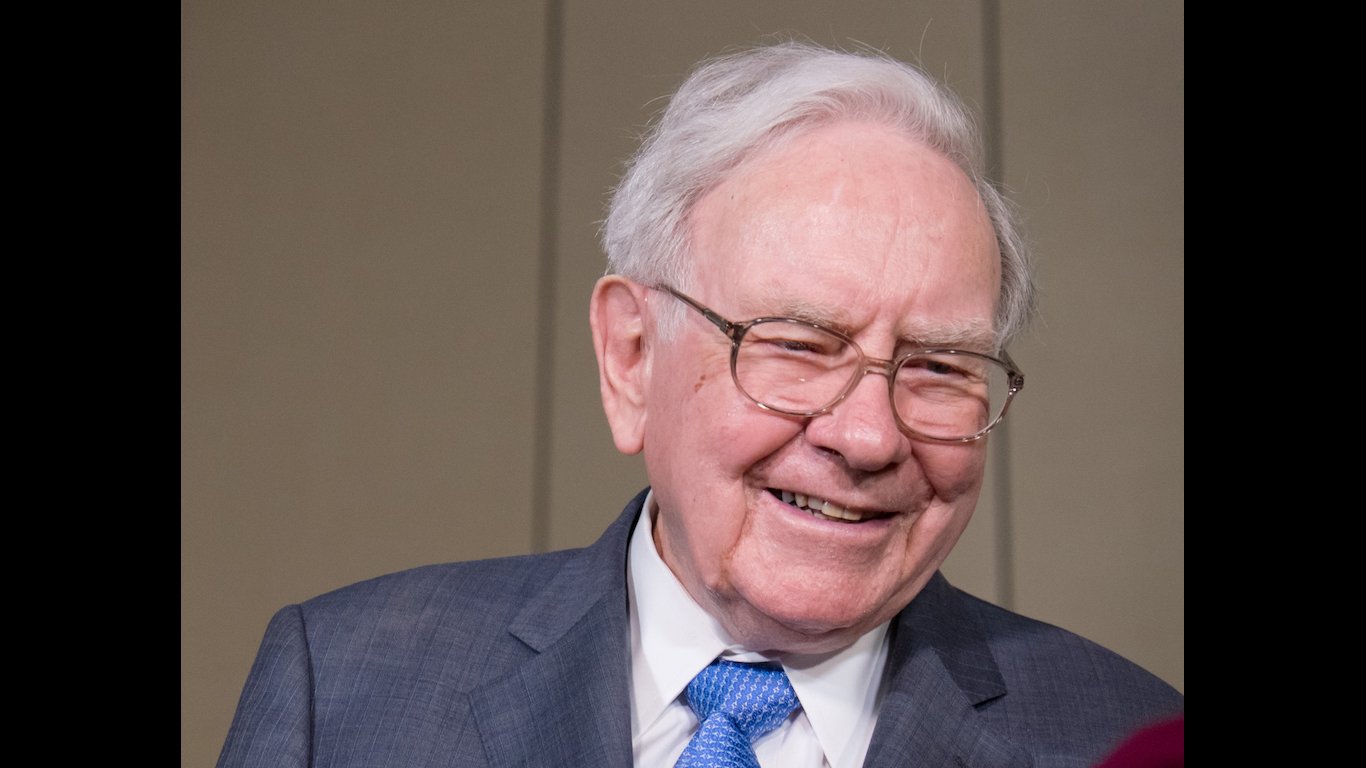

The Institute for Supply Management has shown a dire picture of the U.S. economy. As the United States is a services and non-manufacturing economy, an ISM non-manufacturing reading of 41.8% is deep into contraction. This 10.7-point decline was the ISM’s lowest non-manufacturing reading since the 40.1% reading for March of 2009.
Generally speaking, coming in below the 50.0 mark implies economic contraction. Perhaps the only good news here is that CNBC and Dow Jones (Wall Street Journal) had run a consensus estimate down at 40.0. March’s ISM non-manufacturing reading had still been in growth mode at 52.5%.
According to the ISM data, the Business Activity Index fell 22 points and came in at a mere 26%, a new low since measuring it in 1997. The New Orders Index was also down 20 points at 32.9%, and its Employment Index was down a sharp 30 at 30%. The Supplier Deliveries Index was at 78.3%.
The Prices Index for non-manufacturing activity increased by 5.1 points to 55.1% in April, indicating that prices increased by a large factor. It was also sown that just two non-manufacturing industries (Public Administration; and Finance & Insurance) reported growth while 16 industries reported contraction. And according to the ISM report:
Respondents are concerned about the continuing coronavirus impacts on the supply chain, operational capacity, human resources and finances, as well as the uncertain timelines for the resumption of business and a return to normality.
It was just on May 1 that the ISN showed that the manufacturing economy was also in an instant recession with a general conditions index of 41.5%. While that was deep into recession territory, the ISM generally characterized April’s manufacturing as dismal. It indicated contraction in production, new orders and employment.
The report on manufacturing also indicated a faster decline in supplier deliveries, followed by a contraction in the backlog of orders and in the inventories of raw materials. That is even as customer inventories were classified as too low and with prices of hard goods decreasing as exports and imports were both contracting.
The manufacturing sector saw only two industries still showing some growth, and unsurprisingly there were COVID-19 winners in paper products and in the food, beverages and tobacco products. That report also said:
The coronavirus pandemic and global energy market weakness continue to impact all manufacturing sectors for the second straight month. Among the six big industry sectors, Food, Beverage & Tobacco Products remains the strongest. Transportation Equipment and Fabricated Metal Products are the weakest of the big six sectors.
Trillions of dollars have been inserted into the economy in the past 45 days or so. It also is likely that much of that money has yet to be reflected into the economic numbers. That said, economic readings and earnings reports are likely to look rather weak for some time, before they begin to improve. And that improvement, after a gradual reopening of the economy turns into a fully operating economy, is predicated on the COVID-19 cases not returning to massive growth that paralyzes the country again.
It seems hard to imagine that the stock market has recovered nearly two-thirds of all the losses since the V-bottom in March of 2020. Then again, the ISM non-manufacturing low of March 2009 also coincided with the V-bottom of the stock market in the Great Recession.
Essential Tips for Investing: Sponsored
A financial advisor can help you understand the advantages and disadvantages of investment properties. Finding a qualified financial advisor doesn’t have to be hard. SmartAsset’s free tool matches you with up to three financial advisors who serve your area, and you can interview your advisor matches at no cost to decide which one is right for you. If you’re ready to find an advisor who can help you achieve your financial goals, get started now.
Investing in real estate can diversify your portfolio. But expanding your horizons may add additional costs. If you’re an investor looking to minimize expenses, consider checking out online brokerages. They often offer low investment fees, helping you maximize your profit.
Thank you for reading! Have some feedback for us?
Contact the 24/7 Wall St. editorial team.
 24/7 Wall St.
24/7 Wall St.


